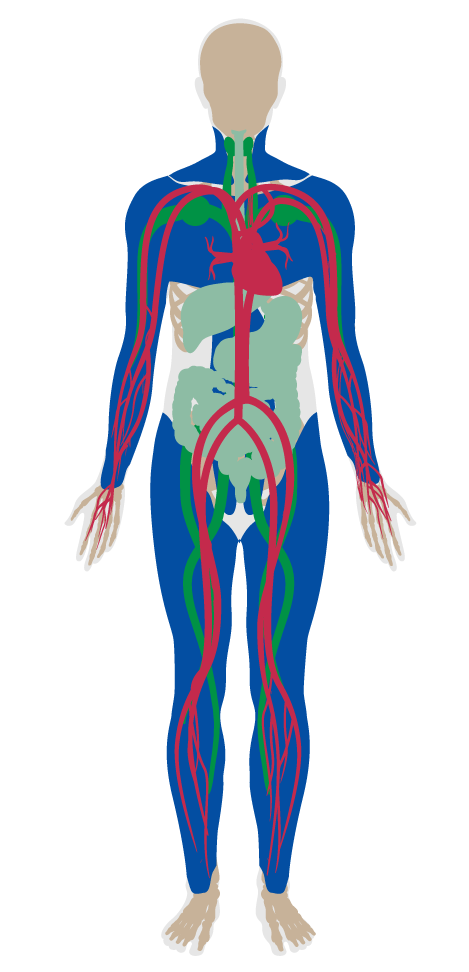Food production
- 38 Fruits and vegetables
- 39 Processed foods
- 40 Food allergies
- 41 Hand washing
- 42 Food contamination
- 43 Artificial ingredients
- 44 Nutritional information
- 45 Food advertising
- 46 Safe food preparation materials
- 47 Serving sizes
- 48 Special diets
- 49 Responsible food production
- 50 Food storage
- 51 Food production
- 52 Mindful eating
- P1 Food environment
- P7 Strategic Dining Design
51. Food production
Gardening or the cultivation of produce and herbs increases access to healthy, fresh and nutrient-rich foods and allows individuals to be more engaged with food production processes. Studies show that gardening can lead to better eating habits and more positive perceptions of overall health, and has been associated with lower BMI as well as lower odds of overweight and obesity.
This feature provides occupants with the space, infrastructure and tools necessary to grow and harvest vegetables and other edible plants.
A space of at least 0.1 m² [1 ft²] per occupant (no more than 70 m² [754 ft²] maximum is required) is allocated within 0.8 km [0.5 mi] of the project boundary for one or a combination of the following:
Adequate quantities of the following supplies are provided to grow and maintain vegetables, herbs or other edible plants in the Gardening Space provided:

Applicability Matrix
| Core & Shell | New & Existing Buildings | New & Existing Interiors | |
|---|---|---|---|
| Part 1: Gardening Space | O | O | O |
| Part 2: Planting Support | O | O | O |
| Commercial Kitchen | Education | Multifamily Residential | Restaurant | Retail | |
|---|---|---|---|---|---|
| Part 1: Gardening Space | - | O | O | O | - |
| Part 2: Planting Support | - | O | O | O | - |
Verification Methods Matrix
| Letters of Assurance | Annotated Documents | On-Site Checks | |
|---|---|---|---|
| Part 1: Gardening Space | Architect | Spot Check | |
| Part 2: Planting Support | Architect | Spot Check |
| 51.1.a |
LEED v4: Reference Guide for Building Design and Construction sets a Pilot Credit (local food production) for onsite food production, which requires provisions for onsite food production. |
| 51.1.b |
LEED v4: Reference Guide for Building Design and Construction sets a Pilot Credit (local food production) for onsite food production, which requires the provision of a greenhouse. |
| 51.2.a |
LEED v4: Reference Guide for Building Design and Construction sets a Pilot Credit (local food production) for onsite food production, which requires the provision for onsite food production. |
| 51.2.b |
LEED v4: Reference Guide for Building Design and Construction sets a Pilot Credit (local food production) for onsite food production, which requires the provision of a watering system. |
| 51.2.c |
LEED v4: Reference Guide for Building Design and Construction sets a Pilot Credit (local food production) for onsite food production, which requires the provision of access to sunlight. |
| 51.2.d |
LEED v4: Reference Guide for Building Design and Construction sets a Pilot Credit (local food production) for onsite food production, which requires the provision of vegetable gardens and/or edible nut and fruit-bearing plants. |
